12 The Biosphere: What is Life?
This chapter is a final draft. Many glossary entries need to be added.
Learning Outcomes
By the end of this section you should be able to:
- Enumerate and explain the principal characteristics of living things.
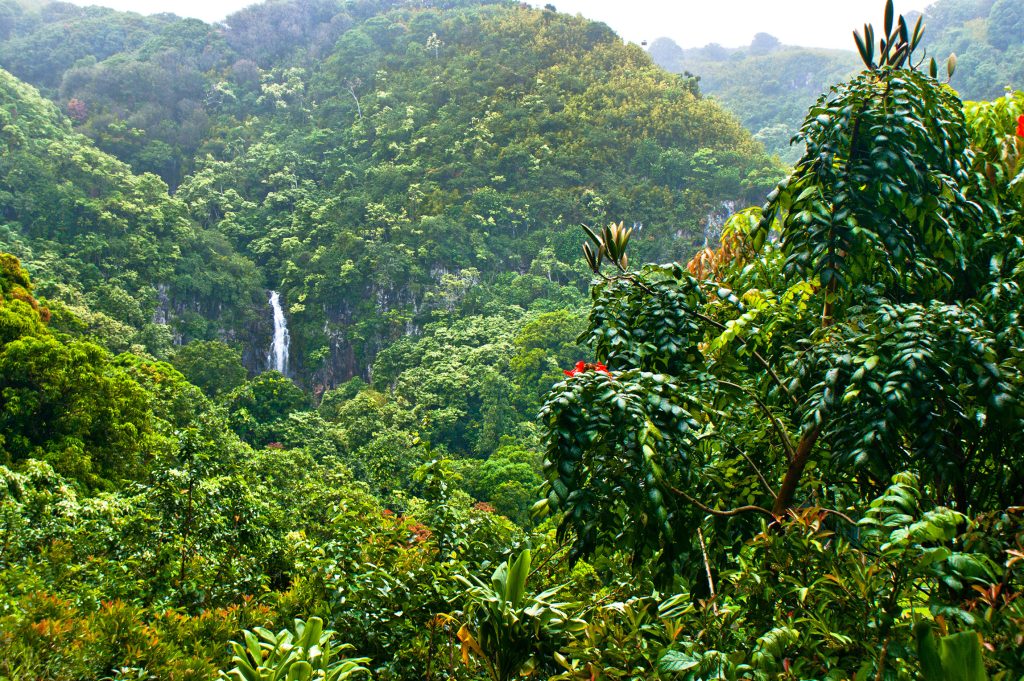
The meaning of life
Our next major topic is the Biosphere, the Earth system that comprises all living things and their remains. This of course includes humans, although sometimes humans have been assigned to their own system, the anthroposphere. In this section we treat humans as just another part of the biosphere – though one that has had a huge impact on other Earth systems in the last few thousand years of Earth history.
Though much has been said about the “meaning of life”, in both serious and not-so-serious terms, probably the single most important thing to remember about the biosphere is that it is an open system, one that exchanges matter and energy with its surroundings. This means that the impact of living things on Earth cannot be viewed in isolation.
How do we distinguish living from non-living matter? We will examine four groups of processes that are common to all living things:
- Metabolism: the capture and use of energy by complex carbon-containing molecules;
- Growth: increases in the sizes of components ranging from individual molecules to whole organisms;
- Reproduction: the copying and duplication of molecules and organisms, so that the total mass of living material can expand while individual organisms remain about the same size;
- Evolution: changes that occur in living things over time.
In the sections that follow, we will examine these processes in turn.
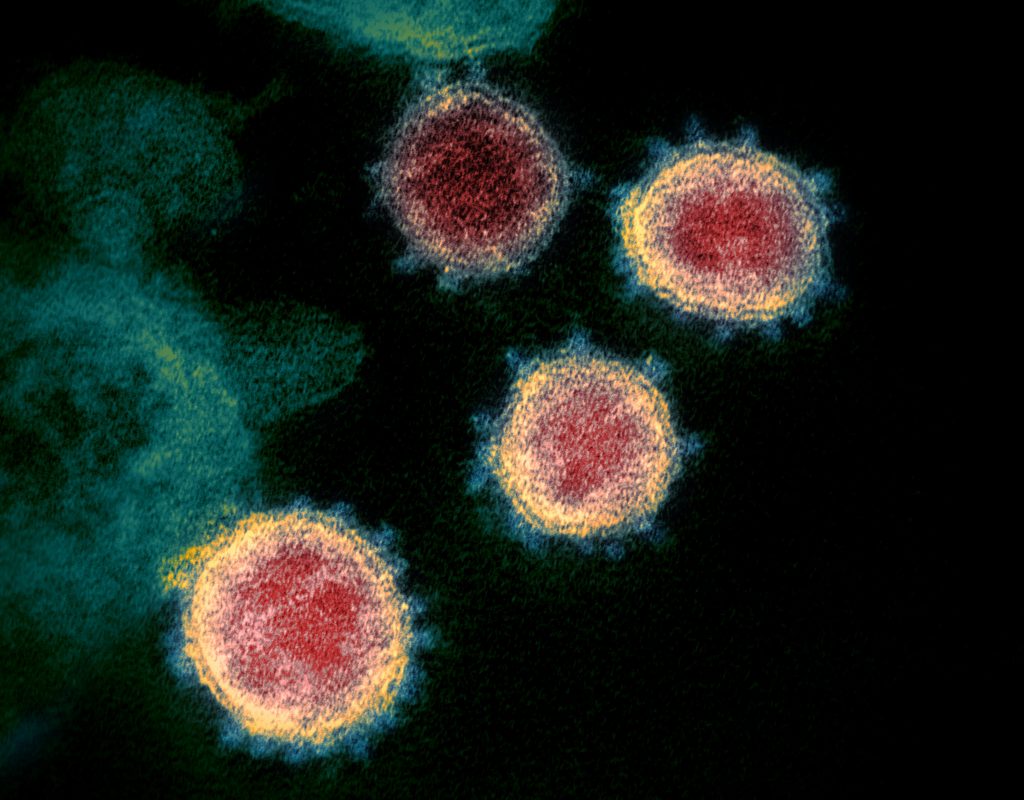
One component of the biosphere, called viruses, sits in a “grey area” between living and non-living. Viruses contain genetic material for reproduction, and certainly undergo evolution, but they do not, on their own, contain enough molecules to perform reproduction on their own, or, for that matter, metabolism or growth. They rely on invading a host organism, where their genetic material takes over the host’s living processes to carry out reproduction of the virus. They may be attacked by the host’s immune system, and as a result undergo evolution, as has been clearly seen during the Covid-19 pandemic. Viruses sit on the boundary between living and non-living, but are nonetheless a significant part of the biosphere.
Metabolism: Energy and Carbon

All living organisms absorb energy from their surroundings, in most cases either from light or from things that they eat. Metabolism is the term used for the processes involved in this flow of energy. Once the organism has used this energy it is released, either as heat, or as other chemical substances that are expelled, reflecting the fact that the biosphere is an open system. The chemical element that is most involved in metabolism is the element carbon, so our look at metabolism will involve a journey through two cycles: the energy cycle and the carbon cycle.
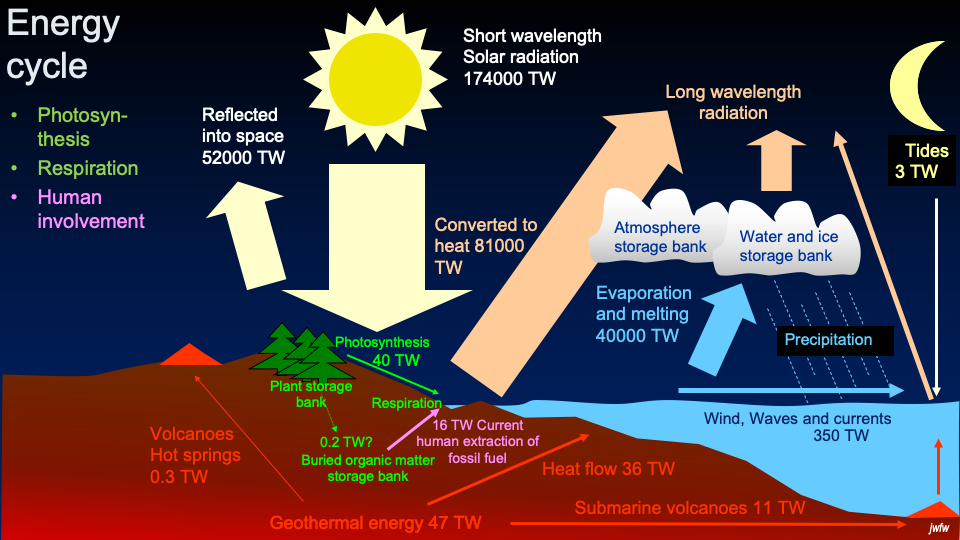
![]()
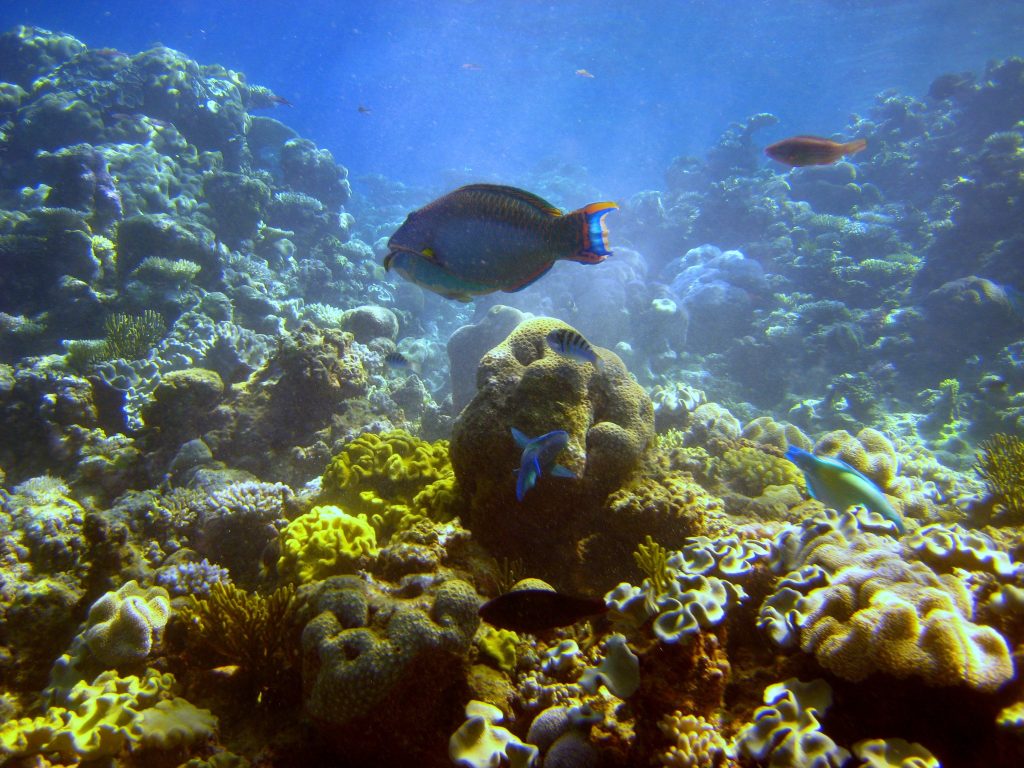
Growth
Most living organisms start off small, and, as we shall see, life on Earth started out small, with single molecules of carbon-bearing compounds. Growth, in its widest sense, involves living things at all scales: small carbon compounds have evolved into long and complex polymers, and single cells grow into large and complex organisms. Growth involves not just the repetition of identical units; variations in structure are superimposed on basic patterns of repeating units in all kinds of growth, so as to produced specialized molecules, cells, and organs.
Reproduction
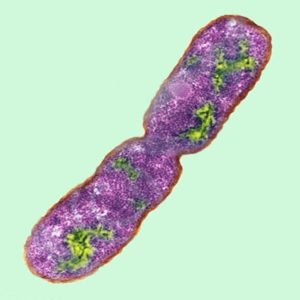
The basic units of most living things, such as cells, function well at a particular size. If a cell grows too large it becomes inefficient because the mechanisms for moving chemicals rapidly around within a micron-sized cell do not work well in an organism that is much larger. Most organisms solve this problem by reproduction: the division of one cell or organism to produce two similar offspring. In this way the total biomass can keep expanding while the individual units maintain a relatively constant, efficient size. Reproduction can take place by simple budding or splitting of an organism, termed asexual reproduction, or material from two separate individuals can merge to produce a third, in sexual reproduction.
Evolution
Both types of reproduction produce offspring that are not identical to their parents. This leads to variation in the characteristics of any species of organism. These variations lead to differences in the survival chances of different individuals, which in turn, over hundreds of generations, lead to the changes that we call evolution. Evolution has produced the fascinating range of fossil organisms that are preserved within the Earth’s crust.
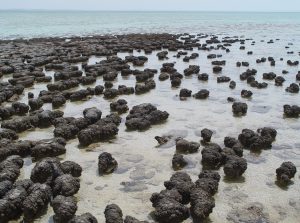
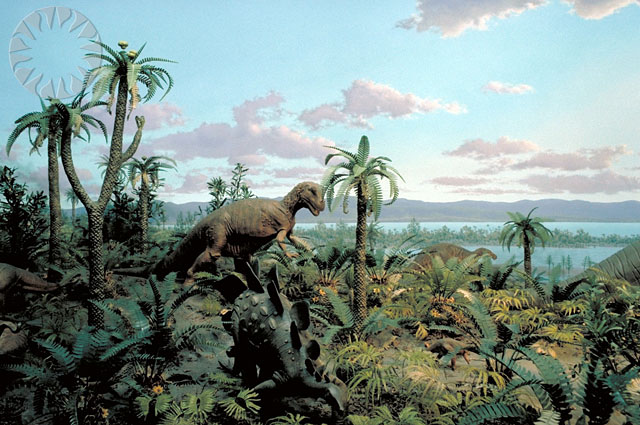
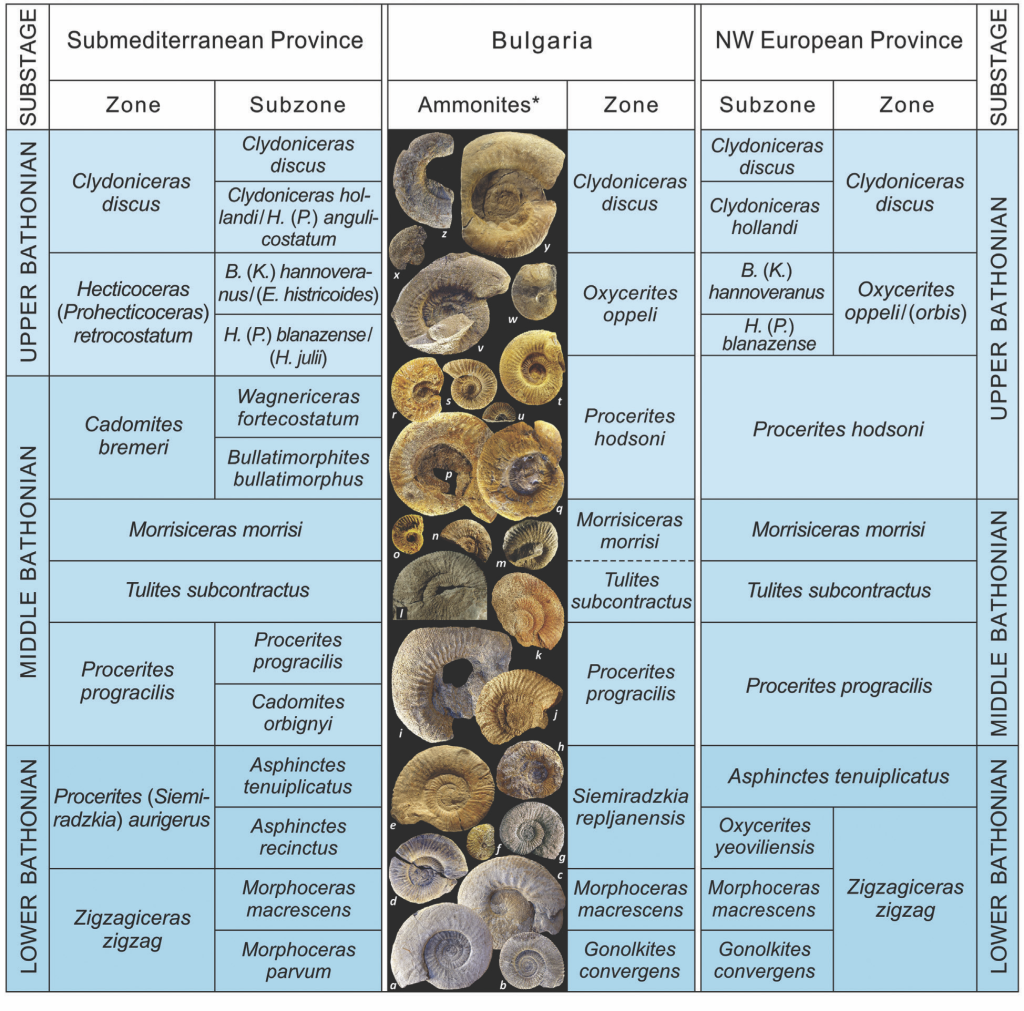
© CC BY-NC-ND 4.0
The Earth system that comprises all living things and their non-living remains
The system comprising the human species and the parts of the Earth that humans have modified
A system that exchanges both matter and energy with its surroundings
The capture, transfer, and use of energy by complex carbon-containing molecules in living things
Increase in size of a living organism, or part of a living organism
The copying and replication of molecules and organisms
Changes that occur in living things over time as a result of natural selection
A particle usually consisting of nucleic acid wrapped in protein that can reproduce when it invades a host organism and takes over some of the host's living processes to achieve reproduction
Changes in the characteristics of organisms, and the Biosphere as a whole, over periods of many generations.

